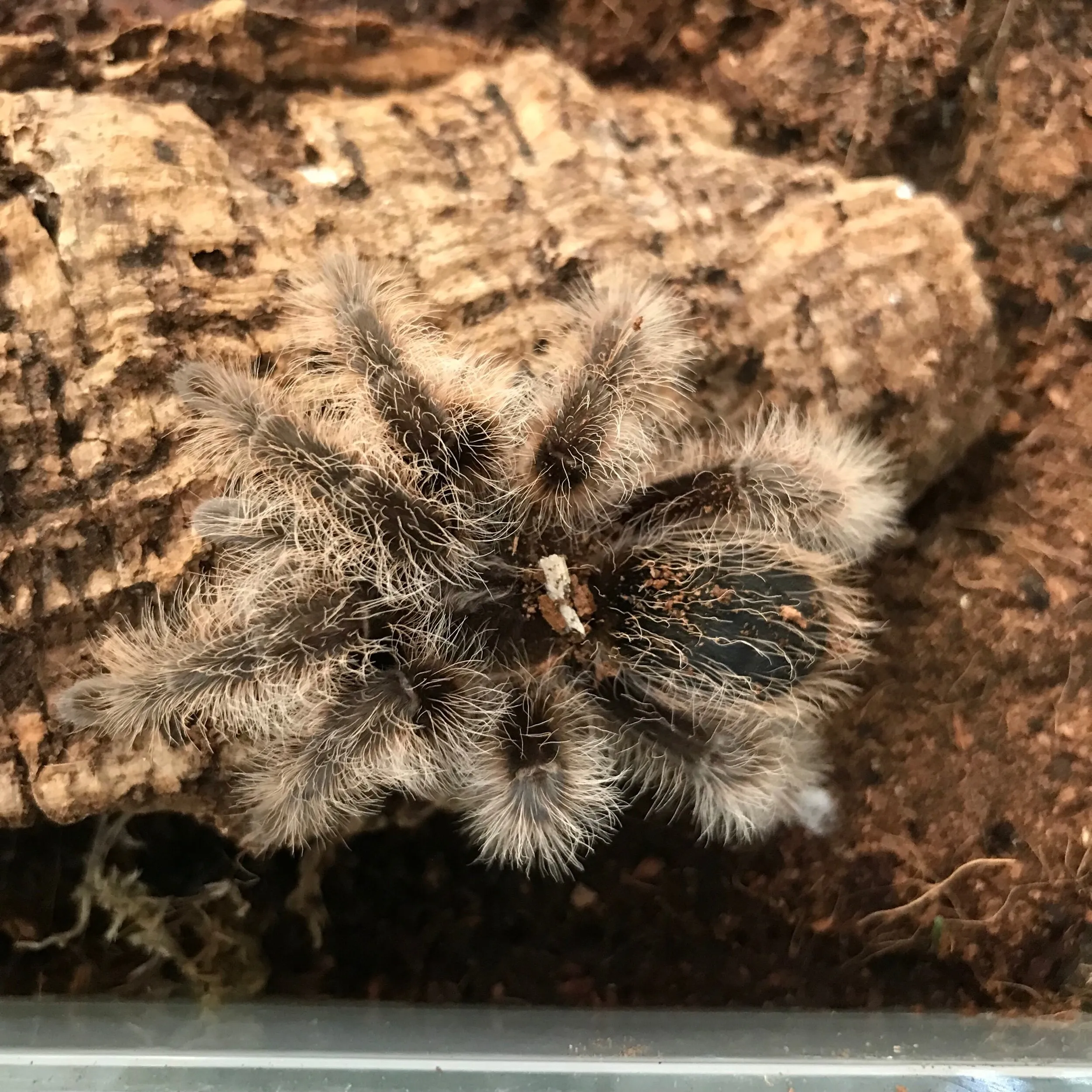What is Tarantula Skin and Why Buy It?
Tarantula skin, in this context, refers to the exoskeleton shed by a tarantula during the molting process. This isn’t actually skin, but rather the outer layer of the tarantula, primarily composed of chitin. When a tarantula grows, it outgrows its current exoskeleton. To accommodate this growth, the tarantula undergoes a process called molting, where it sheds its old exoskeleton and reveals a new, larger one underneath. For many, the discarded exoskeletons become a fascinating collectible item. The allure stems from its unique appearance and the insight it provides into the life cycle of these creatures. Purchasing tarantula skin offers an intriguing opportunity for collectors, educators, and hobbyists alike. The skin offers a tangible representation of the spider’s life, growth, and the remarkable process it undergoes to evolve.
The Molting Process of Tarantulas
Molting is an essential part of a tarantula’s life, enabling growth and the renewal of its external structures. Before molting, the tarantula will typically become inactive, and stop eating for a period. The process starts with the formation of a new exoskeleton beneath the old one. The old exoskeleton then splits open, usually along the carapace (the top part of the cephalothorax). The tarantula slowly wriggles out, leaving behind its old shell. The new exoskeleton is initially soft and pliable, gradually hardening over several days. During this vulnerable period, the tarantula is susceptible to injury and relies on its instincts to protect itself. The entire process can take anywhere from a few hours to a whole day. The frequency of molting depends on the spider’s age and growth rate, with young tarantulas molting more often than adults.
Factors Affecting Molt Frequency
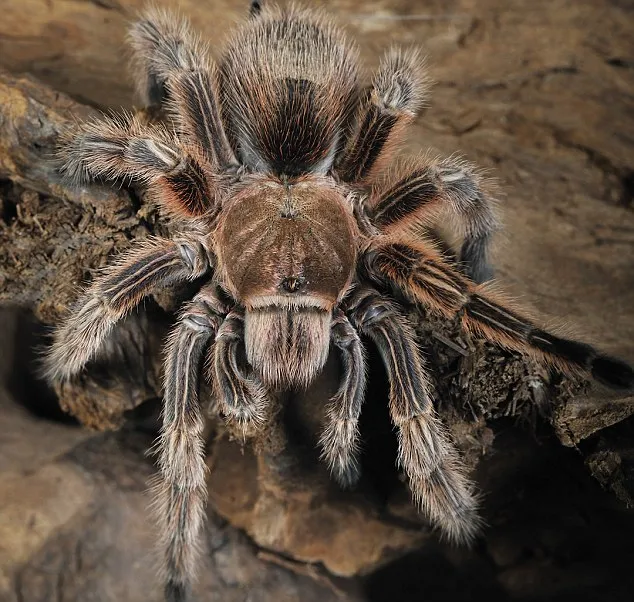
Several factors influence how often a tarantula molts. Young tarantulas molt more frequently, sometimes every few months, as they grow rapidly. As they mature, the molting frequency decreases. The species of tarantula also plays a role, with some species molting more often than others. The amount of food the tarantula consumes can also affect molting frequency; a well-fed tarantula will typically grow faster and molt more often. Environmental factors like temperature and humidity are also important; optimal conditions promote healthy growth and regular molting. For instance, a comfortable temperature and suitable humidity levels encourage regular molting. Conversely, poor environmental conditions may slow down growth and reduce molting frequency. These factors all play a crucial role in the spider’s well-being and development.
Where to Find Tarantula Skin for Sale
Finding tarantula skin for sale can be an exciting venture for enthusiasts. It’s important to know where to look. Several avenues offer opportunities to acquire these unique items. The search for tarantula skin for sale often begins online and in specialty markets. These environments present options to browse and acquire specimens of interest. The most common places to begin your search are online marketplaces, reptile shows, and sometimes, directly from breeders. These avenues give diverse ways to get tarantula skin. Ensure that you prioritize reliable sources that sell authentic and ethically sourced items.
Online Marketplaces
Online marketplaces are a convenient place to look for tarantula skin for sale. Platforms like eBay, Etsy, and specialized reptile websites are good starting points. These sites connect buyers with sellers from all over the world. When using online marketplaces, it’s essential to carefully evaluate the seller’s reputation and feedback. This ensures that you’re dealing with a trustworthy source. Always review the product descriptions and images carefully to verify the condition and size of the skin. Furthermore, be sure that the seller follows the established guidelines for shipping the specimen. This includes proper packaging to prevent damage.
Local Reptile Shows and Breeders
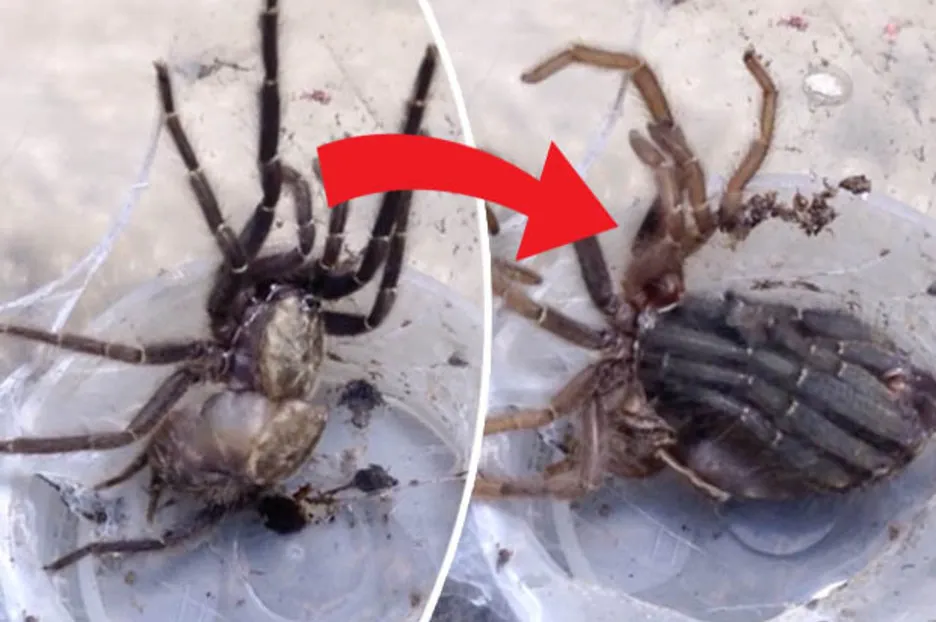
Local reptile shows and breeders also offer excellent opportunities to find tarantula skin for sale. Reptile shows provide a marketplace for breeders and enthusiasts to meet. This setting offers the advantage of seeing the skin in person and talking directly with the seller. Breeders may also have skins available, especially if they keep and breed tarantulas. Visiting a reptile show or contacting a breeder allows you to get the skin, but also learn more about the process. The benefits include a personal experience and also gives insights into the care and keeping of tarantulas. Check the skins yourself, and ask questions to get more information about the product and the seller. This direct interaction can enhance the buying experience.
How to Identify High-Quality Tarantula Skin
Identifying high-quality tarantula skin is crucial for collectors and enthusiasts. Quality is determined by several factors, including the skin’s condition, completeness, and overall appearance. Look for skins that are intact and free from significant damage or tears. The skin should be a good representation of the tarantula’s size and species. The color and details should be well-preserved, providing a good indication of the spider’s health. Additionally, consider the source of the skin; reputable sellers typically offer higher-quality specimens. Always examine the skin closely, and don’t hesitate to ask the seller for more information or additional photos.
Signs of a Healthy Molt
A healthy molt results in a high-quality skin. Signs of a healthy molt include a complete and intact exoskeleton, with all parts present. The skin should appear clean and free of any deformities or imperfections. The color and details should be vibrant. This indicates that the tarantula was in good health during the molting process. Examine the skin closely for any signs of illness or damage. Skins from tarantulas that are well-cared-for are generally of higher quality. If you’re buying from a breeder, ask about the spider’s care. This will give insights into the quality of the skin. A healthy molt is a reflection of the spider’s overall health and well-being.
Avoiding Counterfeit Skin
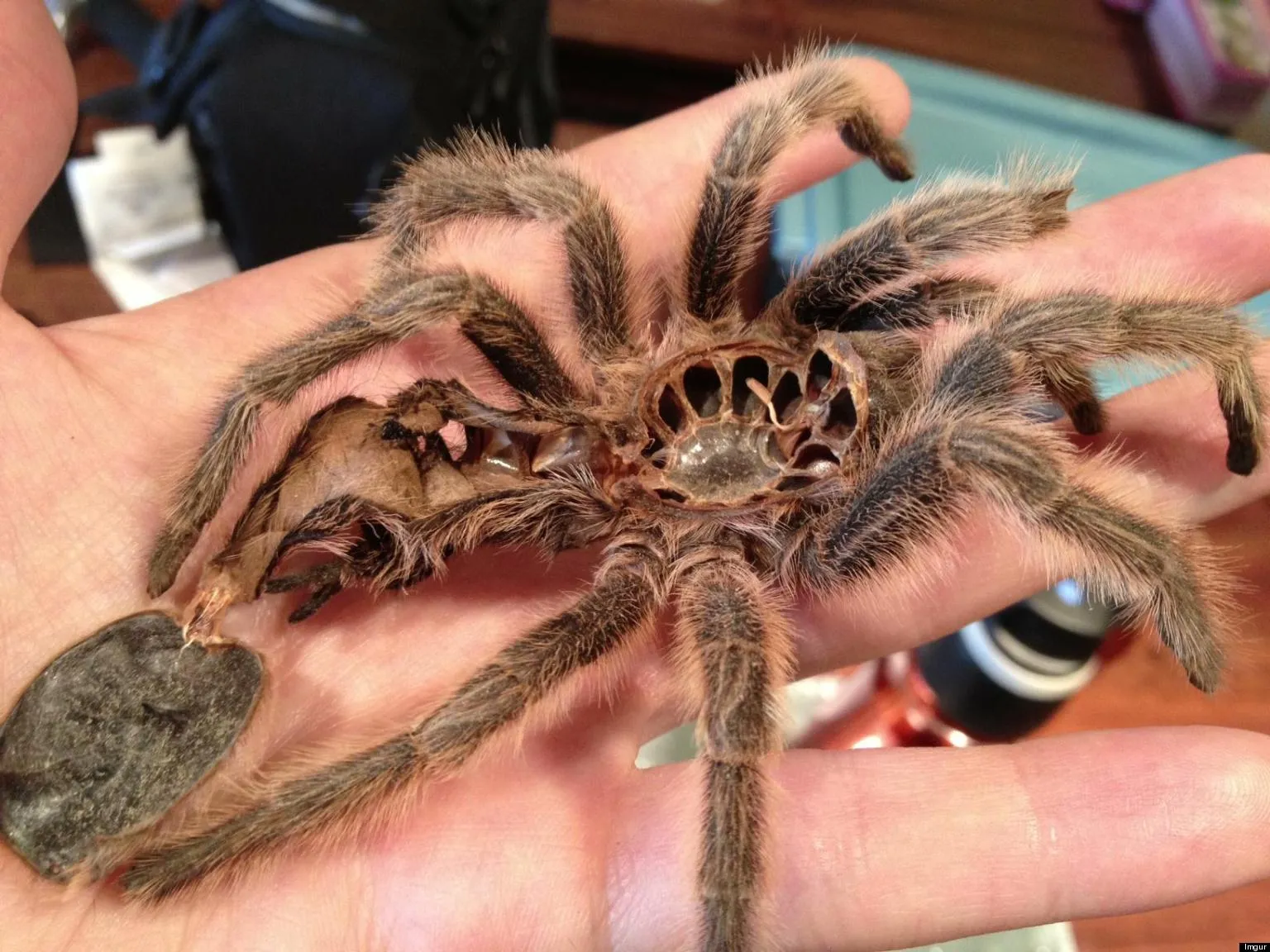
The market for tarantula skin sometimes includes counterfeit or misrepresented items. To avoid purchasing a fake, buy from reputable sellers. Verify the seller’s credentials and check for reviews. Pay attention to the skin’s details; fakes often have unnatural colors or poor detailing. If the price seems too good to be true, it likely is. Genuine tarantula skin has a distinct texture and appearance. Learn to recognize the characteristics of different species to avoid misidentification. Whenever possible, ask for certificates of authenticity. If unsure about the skin’s genuineness, seek advice from experienced collectors or experts in the field. Be cautious and do your research to make sure you acquire an authentic piece.
What to Do with Tarantula Skin
Tarantula skin offers several possibilities once you have acquired it. Most collectors and enthusiasts are motivated by interest in these unique items. It’s important to know how to preserve these items to appreciate them for years to come. Some may use the skin for decorative purposes, such as display or educational displays. Others incorporate the skin into art projects or jewelry. The unique texture and appearance of tarantula skin make it a fascinating material. Whatever your use case, understanding how to handle and store the skin is essential. Proper care ensures that the skin will maintain its beauty and integrity.
Preservation Methods
Proper preservation is key to maintaining the quality of tarantula skin. Clean the skin gently to remove any debris or dirt. Avoid using harsh chemicals, and air dry it completely. Once dry, store the skin in a cool, dry place, away from direct sunlight and moisture. Consider using archival-quality storage materials. This protects the skin from damage. Avoid excessive handling, as this can cause the skin to deteriorate. For long-term storage, consider using acid-free boxes or archival bags. Another option is to frame the skin to protect it from dust. With proper care, your tarantula skin will last for years, and be a great addition to your collection. A well-preserved skin ensures the specimen retains its value and its visual appeal.
Creative Uses for Tarantula Skin
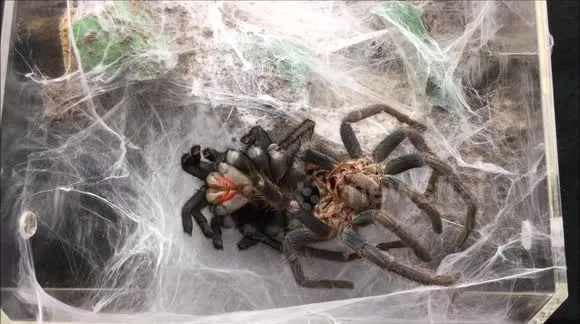
Tarantula skin can be a great medium for creative projects. Artists and craftspeople often use it in various ways. Some use the skin in shadow boxes or framed displays. Its unique texture makes a striking visual element. Others create jewelry, such as pendants or earrings, incorporating the skin into resin or other materials. The skin can also be used in mixed-media art projects, adding an unusual element to artwork. Educators can use the skin for educational displays, demonstrating the tarantula’s molting process and anatomy. When used creatively, tarantula skin becomes a fascinating piece of art, which will stimulate curiosity and appreciation of nature.
